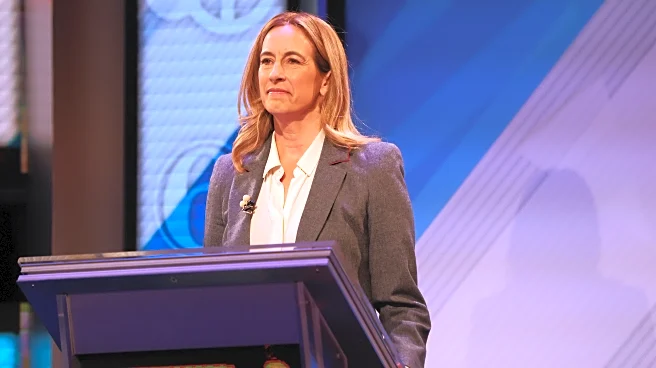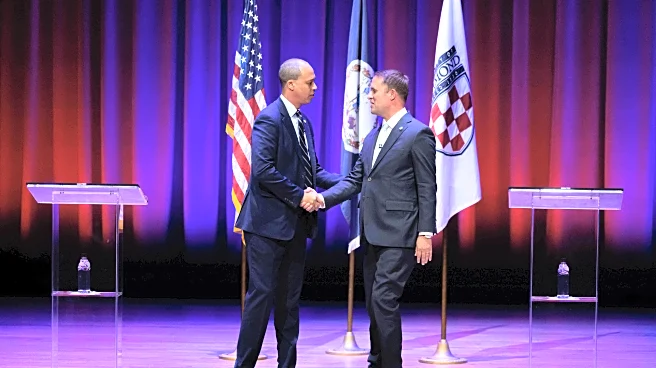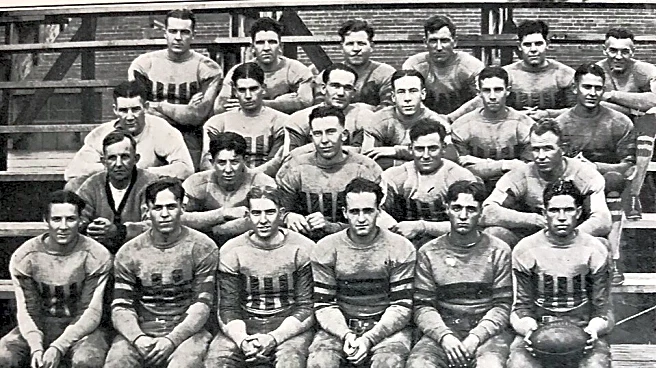What's Happening?
At the Virginia Education & Workforce Conference in Richmond, gubernatorial candidates Abigail Spanberger and Winsome Earle-Sears presented their plans to enhance workforce development in Virginia. Spanberger,
the Democratic nominee, emphasized the need for strategic investments in workforce training, affordable childcare, housing, and infrastructure to improve Virginia's business ranking. Earle-Sears, the GOP challenger, highlighted the importance of collaboration in education and workforce development, praising the current administration's efforts under Governor Glenn Youngkin. Both candidates supported Virginia's right-to-work law, which prevents mandatory union membership as a condition of employment.
Why It's Important?
The focus on workforce development is crucial for Virginia's economic growth and competitiveness. Spanberger's proposals aim to address challenges such as rising living costs and federal job cuts, which have impacted Virginia's business environment. Earle-Sears' emphasis on collaboration and education reflects a commitment to maintaining Virginia's competitive edge domestically and internationally. The candidates' support for the right-to-work law underscores a balance between business interests and worker rights, which is vital for attracting and retaining businesses in the state.
What's Next?
The upcoming gubernatorial election on November 4 will determine the direction of Virginia's workforce policies. The candidates' plans could influence the state's economic landscape, affecting sectors like education, technology, and business. Stakeholders, including the Virginia Chamber of Commerce, are optimistic about future collaboration with the elected governor to ensure Virginia remains a top state for business. Voter registration deadlines and early voting dates are approaching, highlighting the importance of civic engagement in shaping the state's future.
Beyond the Headlines
The candidates' focus on workforce development highlights broader issues such as the integration of emerging technologies and the need for flexible education systems. Addressing these challenges could lead to long-term shifts in Virginia's economic and social fabric, impacting job creation and community development. The emphasis on balancing business and worker interests reflects a nuanced approach to economic policy, which could serve as a model for other states facing similar challenges.













